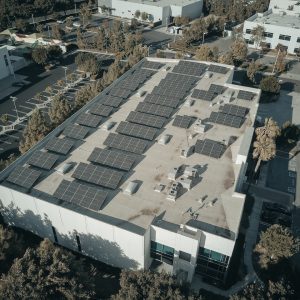-
Rapid expansion of renewables has projection of 42% of global electricity generation by 2028, though biofuels and hydrogen-based fuels expansion needs acceleration
Date posted:
-
-
-
Post Author
Patrick LaveryCombustion Industry News Editor
-
-

The International Energy Agency has released its Renewables 2023 report, with the key finding that the “amount of renewable energy capacity added to energy systems around the world grew by 50% in 2023 [compared to 2022], reaching almost 510 gigawatts”. Over the year, total installed capacity increased by 13.9% to 4163 GW, with solar capacity increasing by 31.8% in just one year. (Wind power increased by 12.0%, hydropower 1.3%, bioenergy by 3.7%, and ‘other’ by 5.8%.) On a country basis, the standout performer was China – the country added in 2023 as much solar capacity as the entire world did in 2022, and its wind additions were 66% higher than the previous year.
The pace of change, especially the rate of growth of additions, makes the IEA conclude that, with “more rapid policy implementation”, the world would be pushed towards meeting the COP28 goal of tripling renewable energy capacity by 2030. Under current policy settings, 2.5 times as much capacity will be achieved by 2030. Much of the increase in deployment appears to have come down to economics, and those forces appear set to act in similar, if uneven, ways. As the report states, “Prices for solar PV modules in 2023 declined by almost 50% year-on-year, with cost reductions and fast deployment set to continue. This is because global manufacturing capacity is forecast to reach 1100 GW by the end of 2024, significantly exceeding demand. By contrast, the wind industry (outside of China) is facing a more challenging environment due to a combination of ongoing supply chain disruption, higher costs and long permitting timelines, which require stronger policy attention.” The organisation predicts that by 2028, in its “main” (slightly less ambitious case), renewables will generate 41.6% of global electricity generation, up from 18.3% in the year 2000 and 28.1% in 2020.
There are also causes for concern in the rapid rollout. As the report states, “although European Union interconnections help integrate solar PV and wind generation, grid bottlenecks will pose significant challenges and lead to increased curtailment in many countries as grid expansion cannot keep pace with accelerated installation of variable renewables.”
For the renewables directly connected to combustion – biomass and hydrogen-based fuels, there is mixed news. Renewables capacity dedicated to the production of hydrogen-based fuels is expected to grow 45 GW between 2023 and 2028, only 7% of total additional renewables capacity announced for that time period; 75% of this is to occur in three countries – China, USA and Saudi Arabia. In addition, “progress in planned projects has been slow” because of the “slow pace of bringing planned projects to final investment decisions due to a lack of off‑takers and the impact of higher prices on production costs”, leading the IEA to downgrade its forecasts in all countries apart from China. International hydrogen markets must still be developed to properly expand the hydrogen economy, in the organisation’s view. For biofuels, while production is expected to grow 30% faster than over the last five years, it is still not as fast as it would need to be to meet the IEA’s net zero scenario. For instance, while the scenario sees 8% of jet fuel supplies being biofuels by 2030, the IEA’s projection is that this will only reach 1% by that time under current policies. Most biofuel production expansion (70%) will occur in developing countries.
All in all the report foresees an energy landscape that accelerates its pace of change during the rest of the decade, presenting a mix of challenges and benefits.
